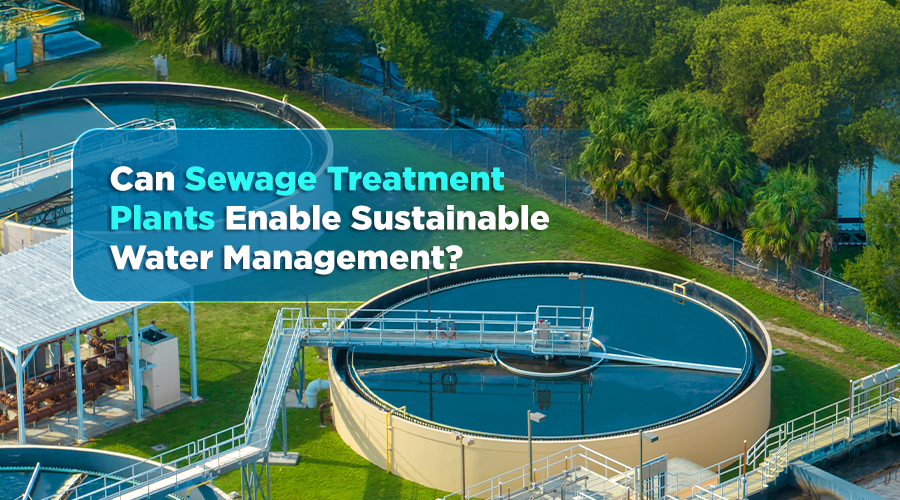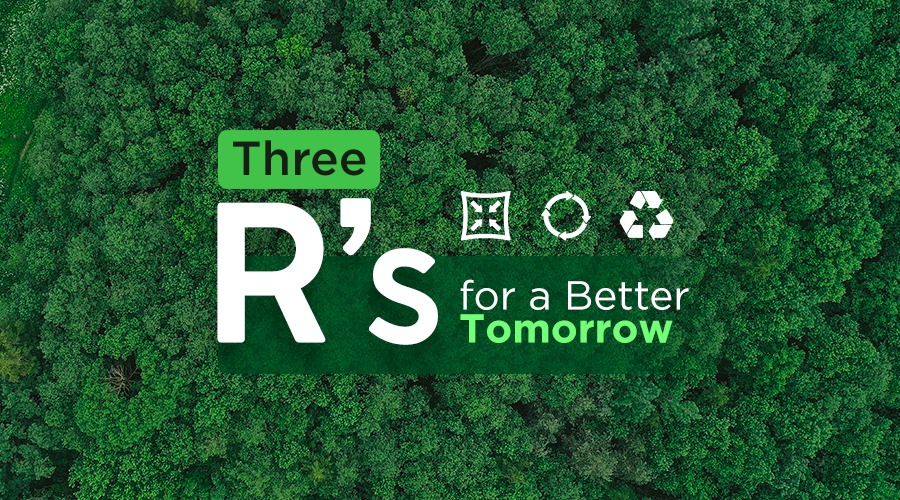Imagine a world where every drop of water we use finds a second life, where the waste we flush becomes the solution to one of humanity’s biggest crises—water scarcity. This isn’t just a futuristic dream; it’s a reality within our reach, thanks to innovative sewage treatment technologies.
On World Toilet Day, observed every year on November 19, we spotlight an often-overlooked hero in the fight for sustainable sanitation: the sewage treatment plant (STP). Far beyond their role in managing waste, STPs hold the key to unlocking a cleaner, greener future by transforming wastewater into a resource that replenishes our depleted groundwater reserves.
In a world where millions of people lack access to safely managed sanitation, the stakes couldn’t be higher. Dive into how STPs can reshape the narrative—from being seen as waste processors to becoming catalysts for water sustainability and ecological balance.
The Global Sanitation Crisis
In a world driven by technological advancements and modern conveniences, it’s sobering to realise that billions of people still lack access to one of the most basic human rights: sanitation. This silent crisis, often relegated to the margins of public discourse, is not just about the absence of toilets; it’s about the far-reaching consequences that ripple across health, water resources, and the environment.
- Lack of Access to Sanitation
According to the UN, over 3.6 billion people globally lack access to safely managed sanitation in 2022. This gap exposes communities to health risks, including diarrhoea, cholera, and other waterborne diseases, which claim thousands of lives every year. - Impact on Water Resources
Without proper sanitation, untreated wastewater contaminates rivers, lakes, and groundwater sources, making water unsafe for consumption and destroying aquatic ecosystems. This situation exacerbates the already critical global water scarcity issue.
Sewage Treatment Plants: The Game Changer
When we think of innovation for a sustainable future, sewage treatment plants (STPs) may not be the first thing that comes to mind. Yet, these marvels of engineering are quietly revolutionising the way we manage wastewater, turning a potential environmental hazard into a powerful resource for humanity and the planet.
STPs are more than just facilities—they’re essential players in combating pollution, addressing water scarcity, and protecting our ecosystems. By treating and repurposing wastewater, they hold the promise of a cleaner, greener, and more resilient future.
- How STPs Work
Modern STPs use a combination of physical, chemical, and biological processes to treat sewage. Here’s a breakdown:– Preliminary Treatment: Removes large debris like plastics, rags, and grit.
– Primary Treatment: Separates solid waste (sludge) from liquid waste using sedimentation.
– Secondary Treatment: Uses biological processes, such as aeration tanks and microbial digestion, to degrade organic matter
– Tertiary Treatment: Employs advanced methods like filtration, disinfection (UV or chlorination), and reverse osmosis to achieve high water quality.
- Treated Water Applications
Effluent from STPs can be:– Used for irrigation in agriculture.
– Redirected for industrial use.
– Recharged into the groundwater to replenish aquifers.
- Environmental Benefits
STPs reduce pollution, prevent the eutrophication or building up of nutrients in water bodies, and contribute to the circular economy by recovering water, nutrients, and energy from wastewater.
Recharging Groundwater with Treated Water
Groundwater is the world’s largest freshwater resource, supporting over 40% of global irrigation and drinking water needs. However, unsustainable extraction has led to the depletion of aquifers. In urban areas, unplanned development and over-extraction have worsened the crisis. Treated wastewater provides a sustainable alternative to directly recharge depleted aquifers which can ensure water availability for agriculture, industry, and households.
This process involves:
– Artificial Recharge Pits: Treated water is allowed to percolate into the ground through specially designed infiltration pits.
– Injection Wells: Treated water is directly injected into aquifers.
– Natural Wetlands: Effluent is channelled into wetlands, where it undergoes natural purification before seeping underground.
Bengaluru’s STP System: Leading the Way in Urban Wastewater Management
Recognizing the growing water scarcity in the city, the Bangalore Water Supply and Sewerage Board (BWSSB) has taken steps to encourage the reuse of treated wastewater. In a landmark decision on March 22, BWSSB issued an order allowing residential communities and apartments to sell 50% of the treated water produced by their sewage treatment plants (STPs) for commercial use.
This initiative, spearheaded by the Bangalore Apartment Federation (BAF), includes a pilot project aimed at understanding the market dynamics and modalities for the sale of treated water. The treated water must comply with the National Green Tribunal (NGT) standards, ensuring it is safe for various non-potable applications, including irrigation, construction, and industrial processes. However, its use is restricted in food and pharmaceutical industries, where stringent purity standards apply.
By enabling the commercial utilisation of treated wastewater, Bengaluru’s STP framework not only mitigates water scarcity but also creates a financial incentive for residential communities to adopt and maintain efficient sewage treatment systems. This progressive model sets an example for other urban centres in India, showcasing how decentralised water management can align economic benefits with environmental sustainability.
Conclusion: Transforming Waste into a Resource
World Toilet Day serves as a powerful reminder that sustainable sanitation is not just about building toilets but about creating systems that protect our water resources. Sewage treatment plants are at the heart of this mission, transforming wastewater into a valuable resource that can replenish groundwater, support agriculture, and sustain urban growth.
By embracing innovative technologies and fostering collective action, we can ensure that every drop of water is reused efficiently, turning today’s waste into tomorrow’s resource. This transformation aligns with the vision of a water-secure and sustainable future, ensuring that no one is left behind in the journey toward universal sanitation.
Let this World Toilet Day inspire us to prioritise wastewater treatment and groundwater recharge as essential tools in combating water scarcity and achieving global sanitation goals.





